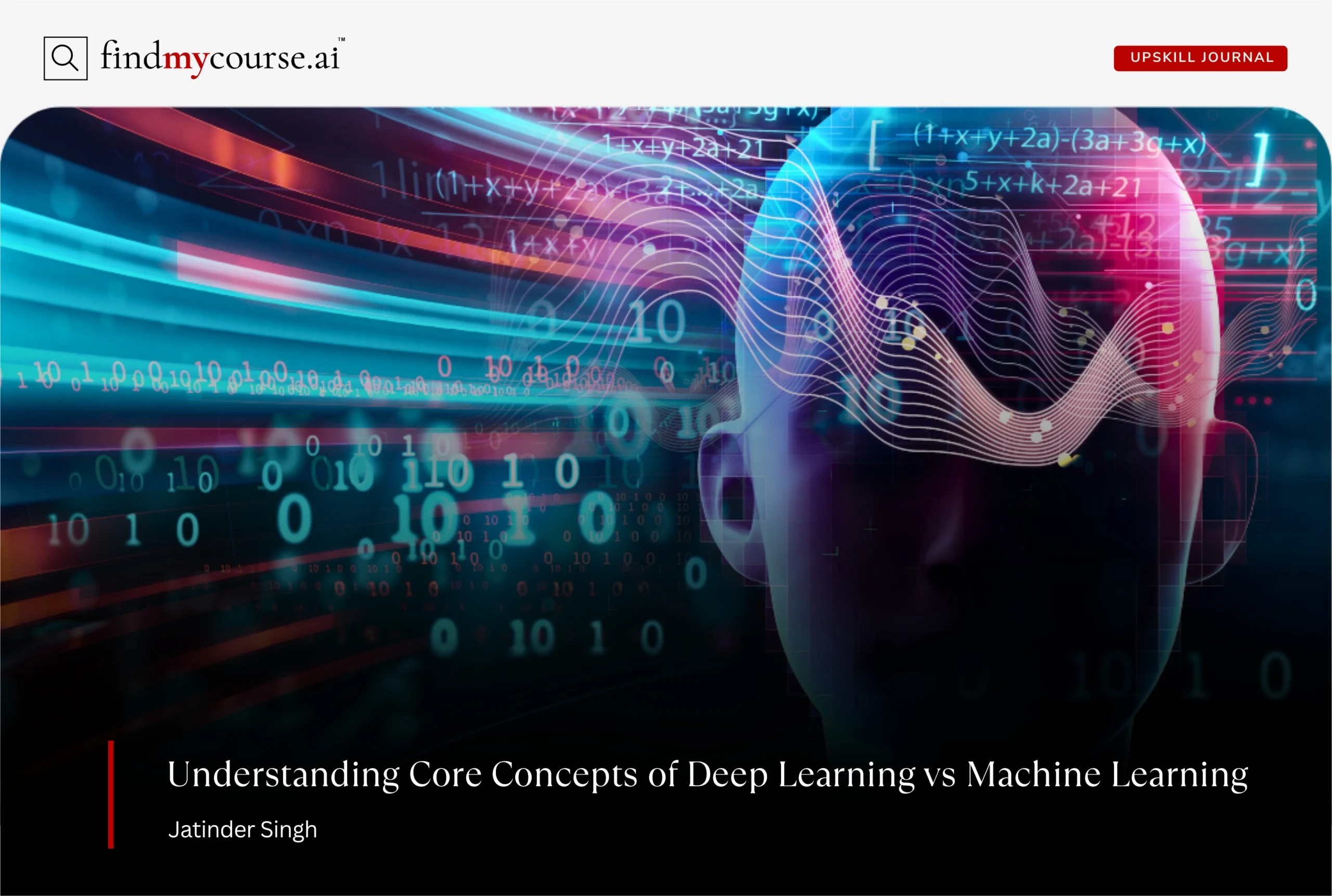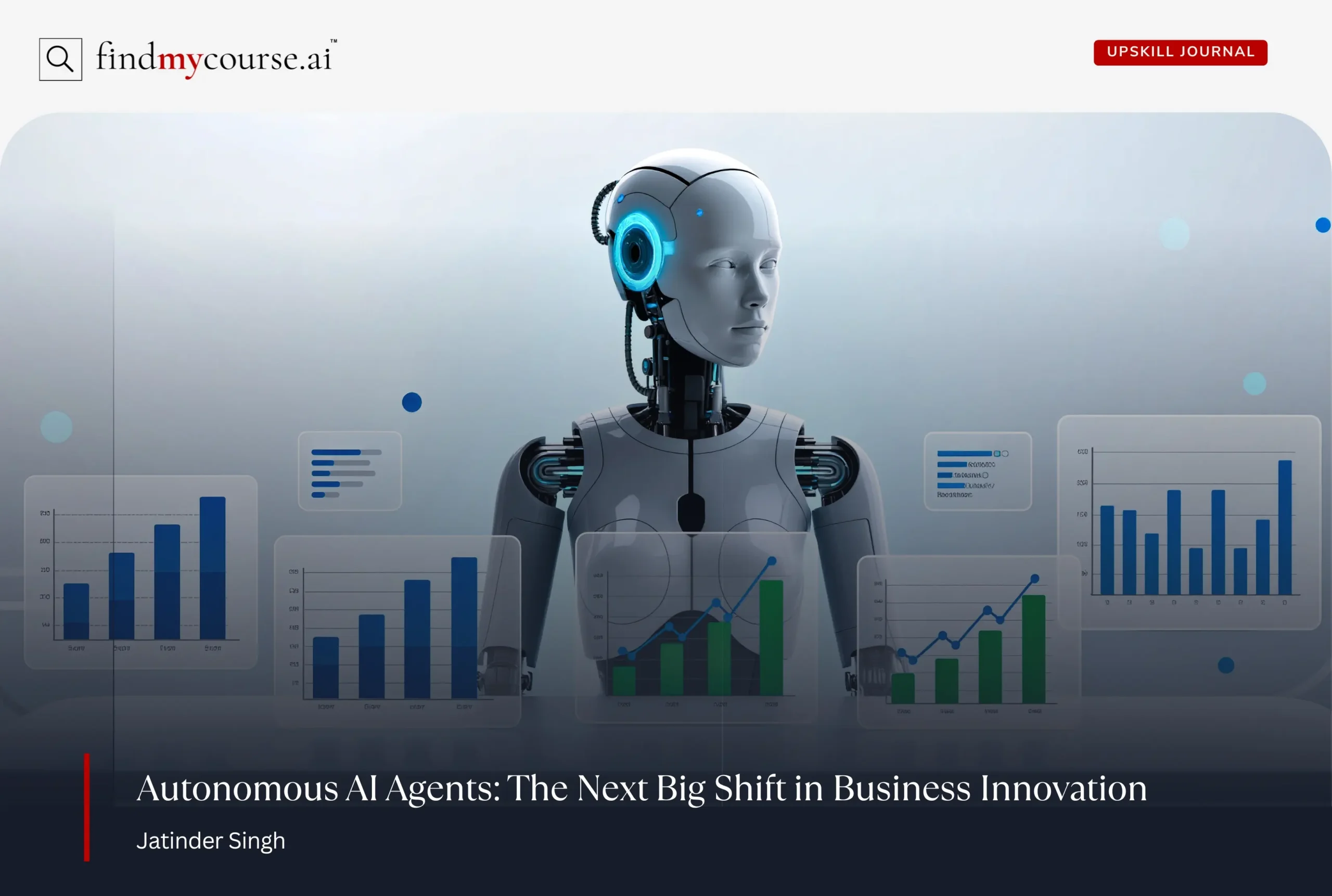In 2025, artificial intelligence (AI) continues to redefine industries, creating exciting opportunities for professionals ready to upskill. Two of the most transformative branches of AI are machine learning (ML) and deep learning (DL). While often used interchangeably, they serve different purposes, rely on different technologies, and require distinct skill sets. Understanding the differences between deep learning vs machine learning is crucial for career development in tech-driven fields. This guide explores core concepts, real-world applications, and career insights to help you navigate this evolving landscape.
Understanding AI, Machine Learning, and Deep Learning
Before we dive into the deep learning vs machine learning debate, let’s clarify the hierarchy:
- Artificial Intelligence (AI): AI is the broadest term. It refers to systems designed to perform tasks that typically require human intelligence, such as decision-making, problem-solving, and pattern recognition.
- Machine Learning (ML): A subset of AI, ML enables systems to learn from data and improve automatically over time. Instead of relying on explicit programming for every task, ML algorithms identify patterns and make predictions based on data inputs.
- Deep Learning (DL): A specialized branch of ML, DL employs artificial neural networks with multiple layers to handle complex problems. It excels at working with unstructured data, such as images, text, and audio, and automates the process of feature extraction, which traditionally requires manual effort in ML.
For professionals exploring career growth, understanding these layers clarifies where to focus your learning and how to apply your skills effectively.
Machine Learning: Building the Foundation
Machine learning forms the foundation of modern AI applications. Its core concepts include:
- Algorithms: Statistical models that detect patterns in data and make predictions or classifications. Examples include decision trees, support vector machines, and linear regression.
- Feature Engineering: Selecting and transforming data variables to improve model accuracy. Unlike deep learning, this process often requires domain expertise to identify meaningful inputs.
- Model Training: The process of feeding data into an algorithm to optimize its performance. This step involves splitting datasets into training, validation, and testing sets to ensure reliable results.
ML is ideal for structured data and tasks where interpretability is essential. For instance, companies use ML for email spam detection, customer segmentation, and sales forecasting. Moreover, professionals can begin their journey by enrolling in online courses to study online, practicing hands-on projects, and building portfolios that demonstrate real-world applications.
Deep Learning: Unlocking Advanced Capabilities
Deep learning expands on machine learning by leveraging artificial neural networks with multiple interconnected layers. These networks allow systems to learn intricate patterns that traditional ML might struggle to capture. Key aspects of deep learning include:
- Handling Unstructured Data: DL can process images, videos, audio, and natural language text, enabling applications that require perception-like understanding.
- Automated Feature Extraction: Unlike ML, DL automatically identifies the most relevant features in data, reducing the need for manual preprocessing.
- Scalability: DL thrives on large datasets. Its performance improves as more data becomes available, making it ideal for complex applications in dynamic environments.
Deep learning powers cutting-edge applications such as autonomous vehicles, speech recognition, language translation, and medical image analysis. However, it demands significant computational power and access to advanced hardware like GPUs or TPUs. Professionals interested in these areas must be prepared to invest time and resources to gain proficiency.
Deep Learning vs Machine Learning: Key Differences
| Aspect | Machine Learning (ML) | Deep Learning (DL) |
| Data | Works well with small to medium structured datasets, such as spreadsheets or CSV files. Suitable for tasks where data is organized. | Requires large, unstructured datasets, including images, audio, video, or text. Performs best when there’s abundant labeled data. |
| Feature Engineering | Features need to be selected and processed manually. Domain knowledge is important to identify meaningful variables. | Automatically identifies and extracts relevant features using multi-layered neural networks, reducing the need for manual preprocessing. |
| Model Complexity | Uses simpler models like linear regression, decision trees, and SVMs. Easy to train and interpret. | Consists of deep neural networks with many layers and millions of parameters, capable of capturing highly complex patterns. |
| Interpretability | High transparency; predictions can be explained, making it suitable for regulated industries. | Lower transparency; often considered a “black box,” which can make it harder to trace decisions. |
| Computational Needs | Moderate; can run efficiently on standard CPUs. | High; requires GPUs or TPUs to handle large datasets and complex network architectures. |
| Examples & Use Cases | Predicting sales trends, customer churn, credit scoring, email classification. Ideal for structured data projects and business analytics. | Image recognition, speech-to-text, autonomous driving, and natural language processing. Best for unstructured data and advanced AI applications. |
Machine learning is resource-efficient, interpretable, and ideal for structured data, making it suitable for analysts and business roles. Deep learning handles complex, unstructured data and powers advanced AI applications, essential for engineers and research-focused professionals. Understanding these differences helps you choose the right learning path, optimize resources, and accelerate career growth in AI-driven industries.
Future Trends in AI and Career Opportunities
Looking ahead, several trends will shape both Deep Learning vs Machine Learning careers:
- Explainable AI (XAI): Professionals will increasingly need to create models that are transparent and understandable to mitigate bias and improve accountability.
- Edge AI: Processing data closer to devices will reduce latency and expand the applications of both ML and DL, particularly in IoT and smart devices.
- AI Ethics and Governance: Knowledge of AI ethics, fairness, and regulatory compliance will become essential for practitioners.
- Integration with Emerging Tech: Combining AI with quantum computing, augmented reality, and robotics opens new avenues for innovation and specialized careers.
By anticipating these trends, professionals can future-proof their careers and develop skills that remain in demand.
Conclusion
Deep Learning vs Machine Learning are both transformative forces within AI, yet they differ significantly in approach, applications, and resource requirements. Machine learning offers a structured, interpretable, and accessible entry point, while deep learning delivers unparalleled capabilities for complex tasks involving unstructured data. For career-oriented professionals, understanding these distinctions helps in selecting the right learning path, tools, and applications.
Ultimately, whether your focus is building practical ML solutions or pioneering deep learning innovations, embracing continuous learning and hands-on experience will ensure you remain competitive in 2025’s AI-driven economy. With dedication and strategic upskilling, the opportunities are limitless.


